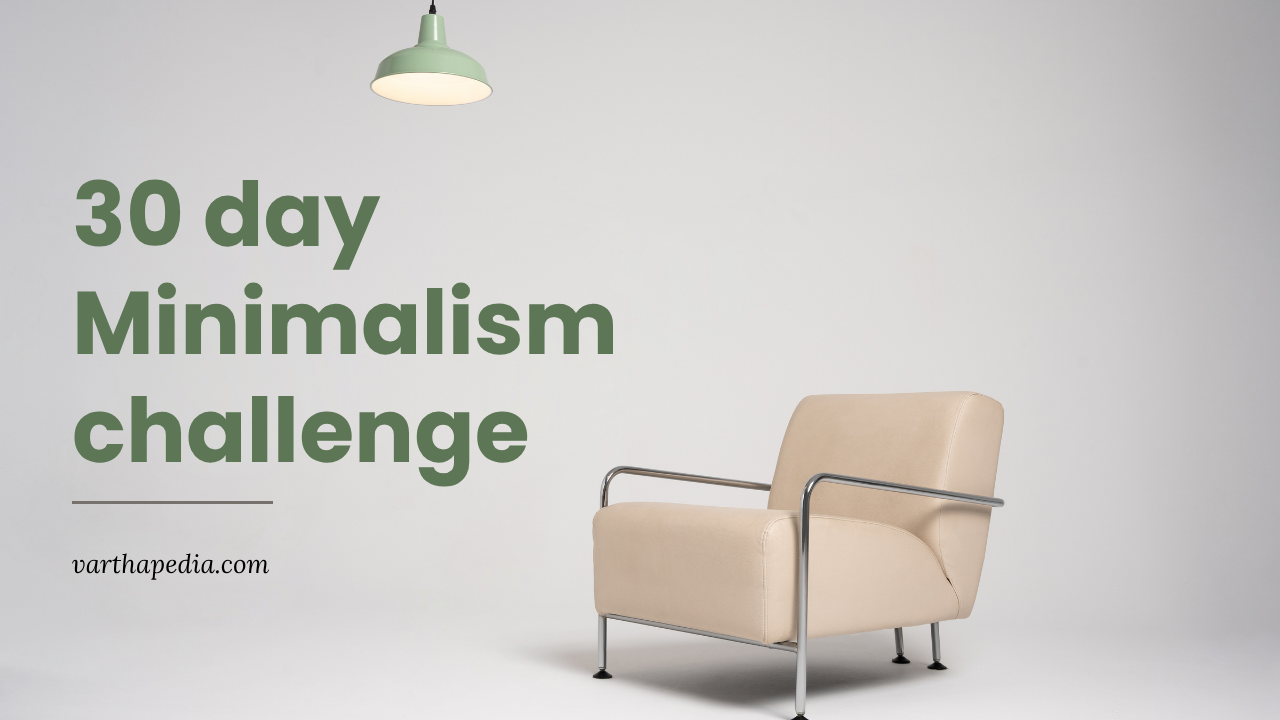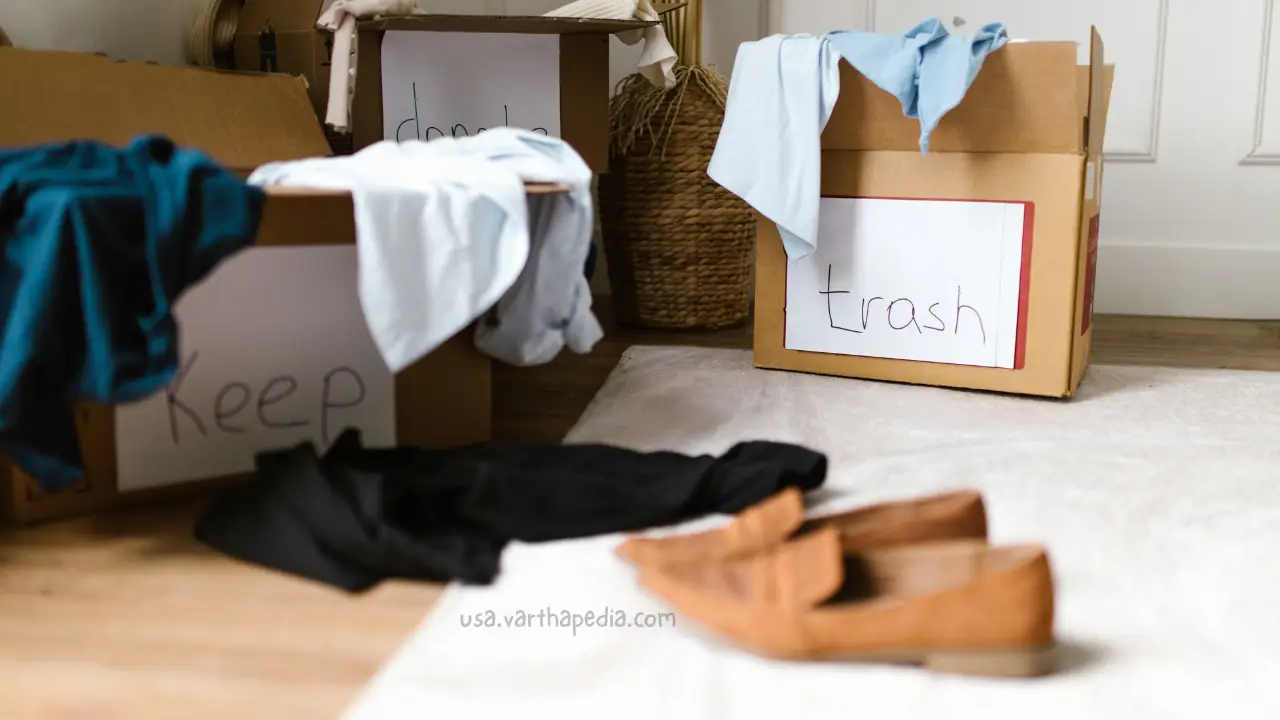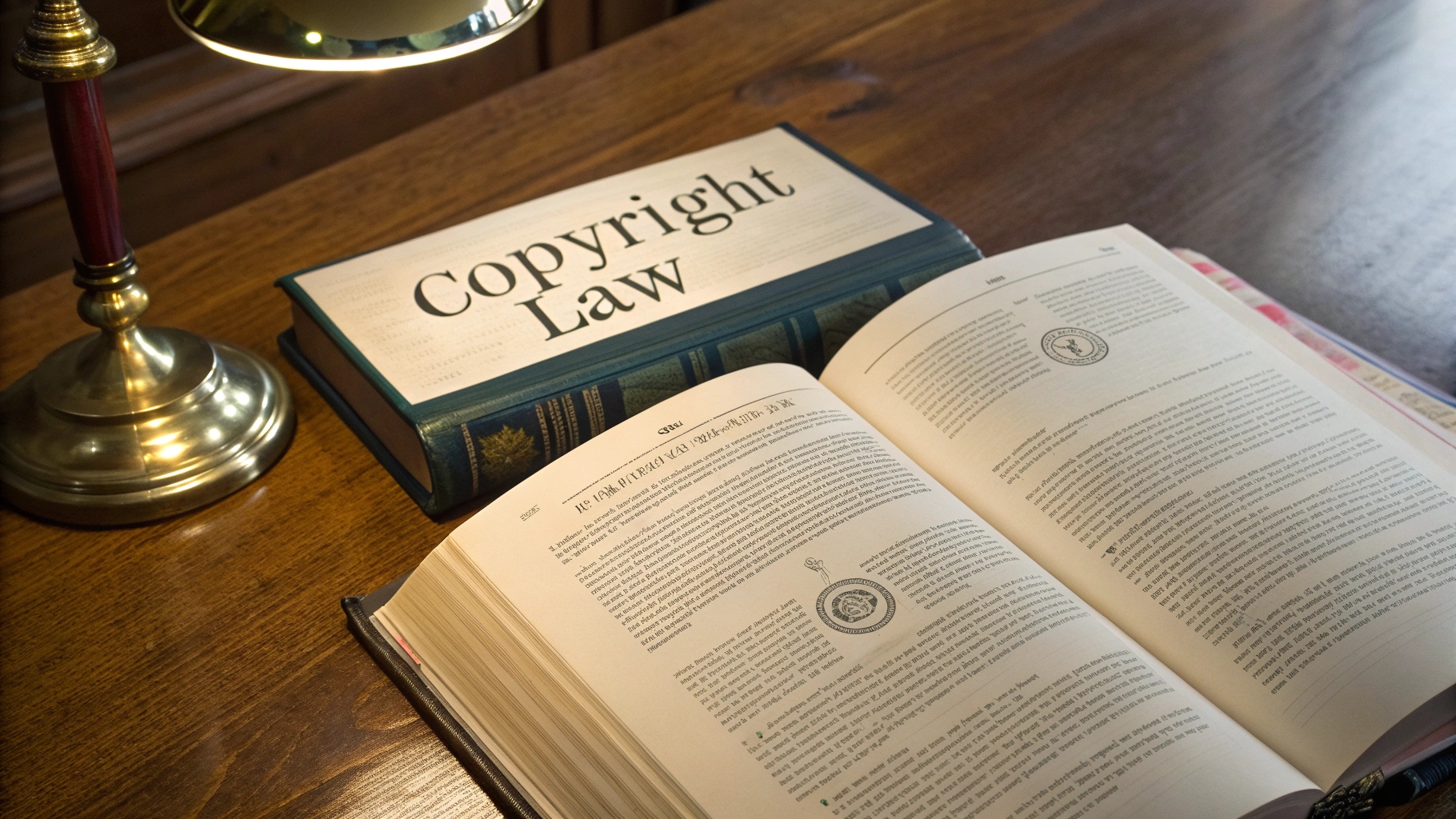As someone who has spent years experimenting with minimalist living, I decided to take on a 30-day minimalism challenge in early 2025 to deepen my understanding of owning less and improving my lifestyle. The experience wasn’t just about getting rid of stuff; it was about reshaping how I think about things and their impact on my daily life. Here’s what I discovered about decluttering, the benefits of a simple lifestyle, and practical tips for anyone looking to embrace minimalism.

What Is Minimalist Living?
Minimalist living isn’t just about having fewer possessions—it’s a mindset focused on intentionally simplifying life to make space for what truly matters. By reducing physical clutter, you reduce mental clutter, which can improve focus, reduce stress, and enhance overall well-being. According to studies, clutter is linked to increased cortisol levels, the stress hormone, making living minimally not just aesthetically pleasing but scientifically sound.
My 30-Day Minimalism Challenge: Starting Point
Before Day 1, my home was average in terms of clutter—somewhat organized but with plenty of overlooked items that took up space. I set a goal: each day, I would declutter one category (clothes, kitchen items, books, paperwork) and reflect on how discarding or donating surplus belongings affected me.
Day 1-5 Highlights:
- Clothes: Letting go of 30% of my wardrobe that I hadn’t worn in over a year.
- Kitchen: Streamlining utensils and gadgets to essentials.
- Sentimental Items: The hardest part—found a way to digitize some memories.
By the end of week one, I noticed the act of decluttering gave me an immediate emotional lift, validating “Wanting less is a far better blessing than having more.” – Mary Ellen Edmunds (a minimalist lifestyle author).
Decluttering Tips That Worked for Me
Whether you’re just beginning or deepening your minimalist living journey, here are effective decluttering tips:
1. Start Small and Specific: Tackle one drawer, one shelf, or one category at a time.
2. Use the 6-Month Rule: If you haven’t used it in the last 6 months, consider letting it go.
3. Create “Keep,” “Donate,” and “Discard” Boxes: Be ruthless but fair to yourself.
4. Digitize When Possible: Photos, documents, and old letters can become digital memories.
5. Practice Mindful Shopping: Reconsider future purchases by asking if each is truly necessary.
6. Remember Quality Over Quantity: Focus on owning fewer, better-quality items.
7. Set Decluttering Goals and Deadlines: Helps maintain momentum.
8. Invite Support: Sometimes friends or family can help see items through a fresh lens.
Try these Detailed 30 Days to Minimalism PDF by Pickuplimes.com
Benefits of a Simple Lifestyle: What the Science and My Experience Say
The benefits of living simply run deeper than a tidy space. Here’s what both research and my own experience reveal:
1. Improved Mental Clarity
Reducing clutter can ease decision fatigue and improve concentration. A study from [psychology.edu source] found that individuals in decluttered spaces performed better on focus-based tasks.
2. Financial Savings
Less consumption means fewer expenses, boosting savings and reducing debt. My shopping habits shifted significantly after the challenge, leading to a 20% drop in unnecessary purchases that month.
3. Enhanced Well-Being
Minimalism encourages gratitude and mindfulness, which have been linked to increased happiness. I felt less overwhelmed and more in tune with my daily routines.
4. Environmental Impact
Owning less means less waste, which supports sustainability goals. I learned that donating usable items extends their lifecycle and reduces landfill contributions.
5. More Time and Freedom
Less time spent tidying and maintaining possessions means more free time for hobbies, relationships, and rest.
“I’ve learned that minimalism isn’t about what you own, it’s about why you own it.” – Brian Gardner
Common Challenges in Minimalist Living & How I Overcame Them
- Emotional Attachment: Letting go of sentimental items felt hard. I took photos of these objects to preserve memories without physical clutter.
- Fear of Missing Out (FOMO): Worrying I might need something later. I reminded myself about the “one-in, one-out” rule to balance possessions.
- Social Pressure: Sometimes friends/family didn’t understand my lifestyle. Open communication helped clarify my choices without judgment.
My Limitations and Transparency
While this challenge transformed my outlook, I disclose that I conducted it in a comfortable home environment with financial stability, which might not be everyone’s circumstance. Also, I received no products or sponsorships related to minimalism; these reflections are based solely on my authentic experience.
Final Thoughts: Should You Try a 30-Day Minimalism Challenge?
Minimalist living offers tangible benefits, from physical space to mental clarity—and you don’t have to make drastic changes overnight. My 30-day challenge made minimalism manageable and rewarding.
FAQs About Minimalist Living and Decluttering
Q1: Is minimalist living worth it?
A. Absolutely. Minimalist living consistently leads to less stress, better focus, and financial savings, as confirmed by both personal experience and psychological research.
Q2: How can I start decluttering if I feel overwhelmed?
A. Begin with small, manageable areas like a single drawer and use the 6-month rule to decide what to keep.
Q3: Will decluttering mean losing sentimental value?
A. Not necessarily. Digitizing sentimental items or taking photos can preserve memories without physical clutter.
Q4: How quickly can I see benefits from a simple lifestyle?
A. Some benefits, like improved mental clarity, can be noticed within days, while financial and environmental impacts develop over time.
Q5: Can minimalism work for families?
A. Yes! Minimalism can be adapted for various household sizes by focusing on what genuinely adds value and involving all family members in decision-making.
Note: Living with less doesn’t mean missing out—it means creating space for what truly enriches your life. By embracing minimalist living and following practical decluttering tips, you can unlock the simple lifestyle benefits I experienced in my 30-day journey. Here’s to a more intentional and meaningful 2025!

